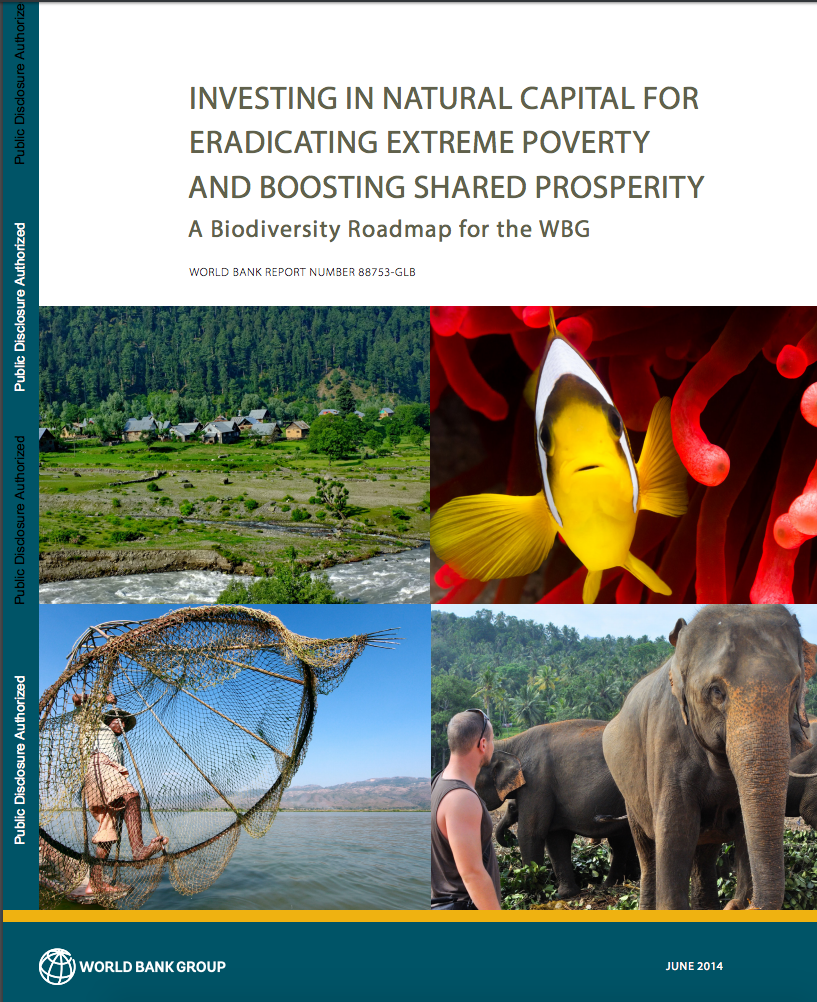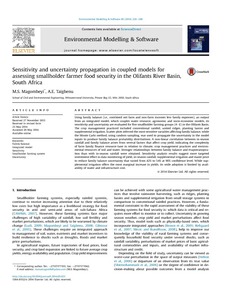Ecologies of Scale: Multifunctionality Connects Conservation and Agriculture across Fields, Farms, and Landscapes
Agroecology and landscape ecology are two land-use sciences based on ecological principles, but have historically focused on fine and broad spatial scales, respectively. As global demand for food strains current resources and threatens biodiversity conservation, concepts such as multifunctional landscapes and ecologically-analogous agroecosystems integrate ecological concepts across multiple spatial scales.








